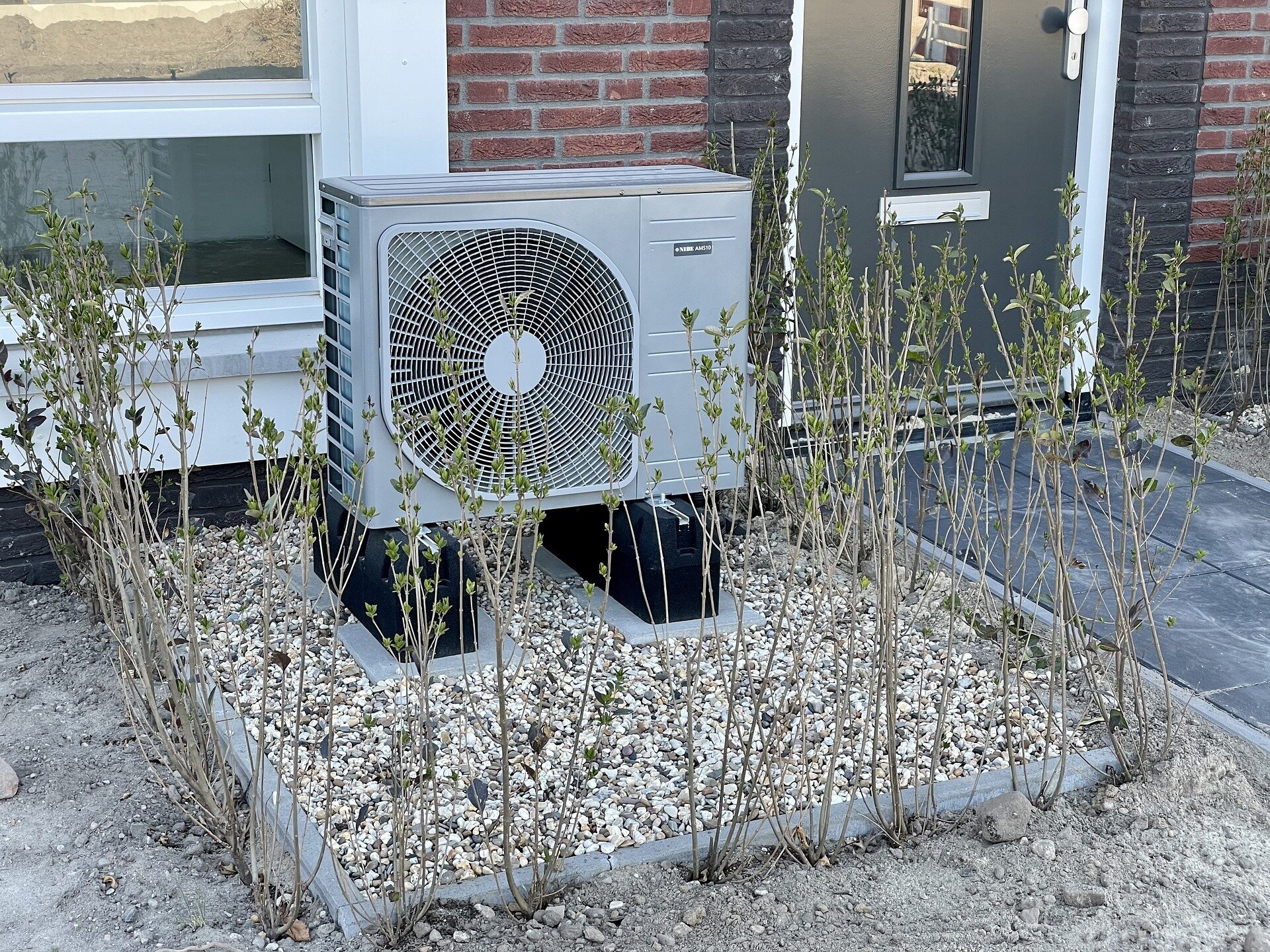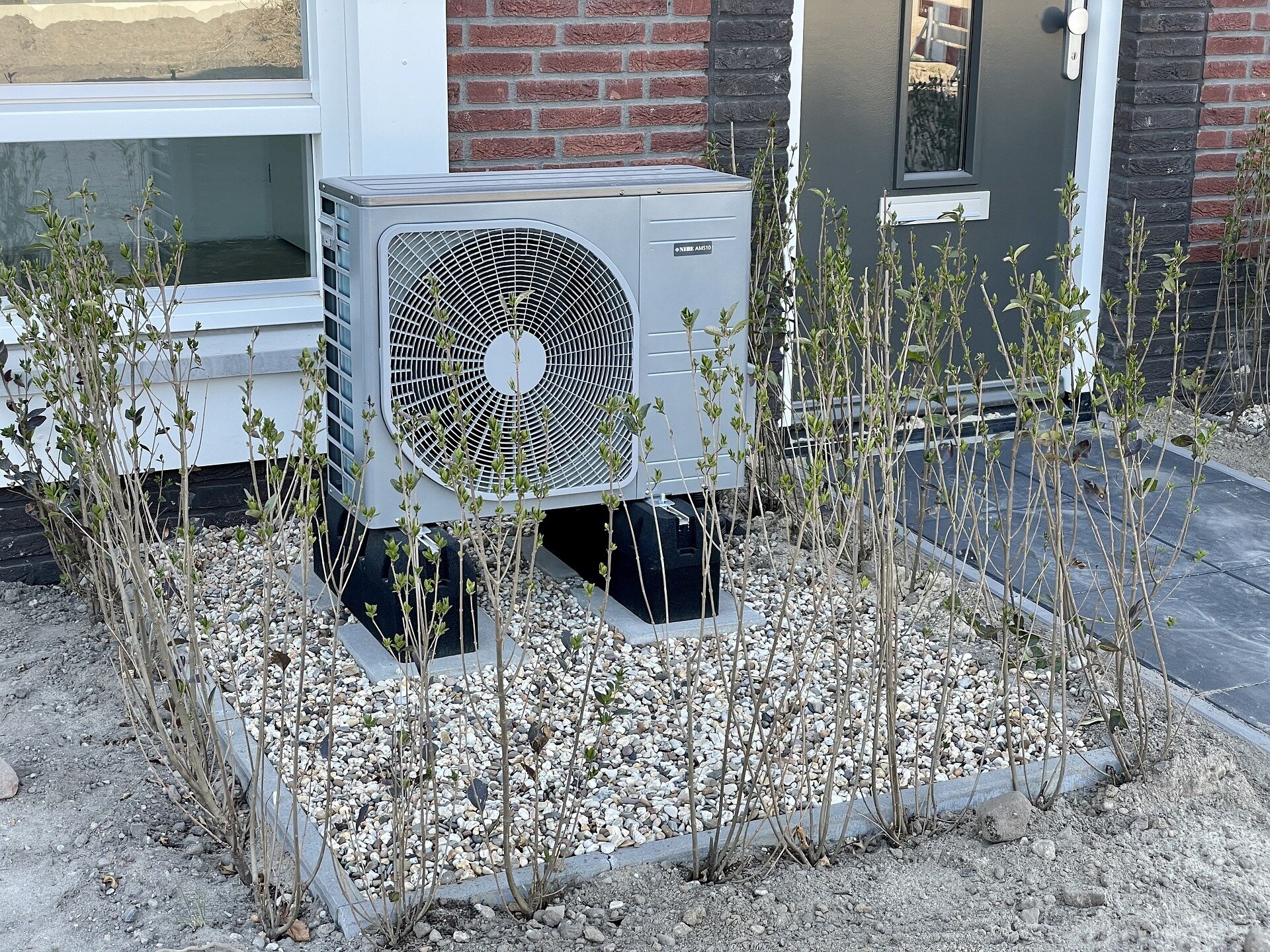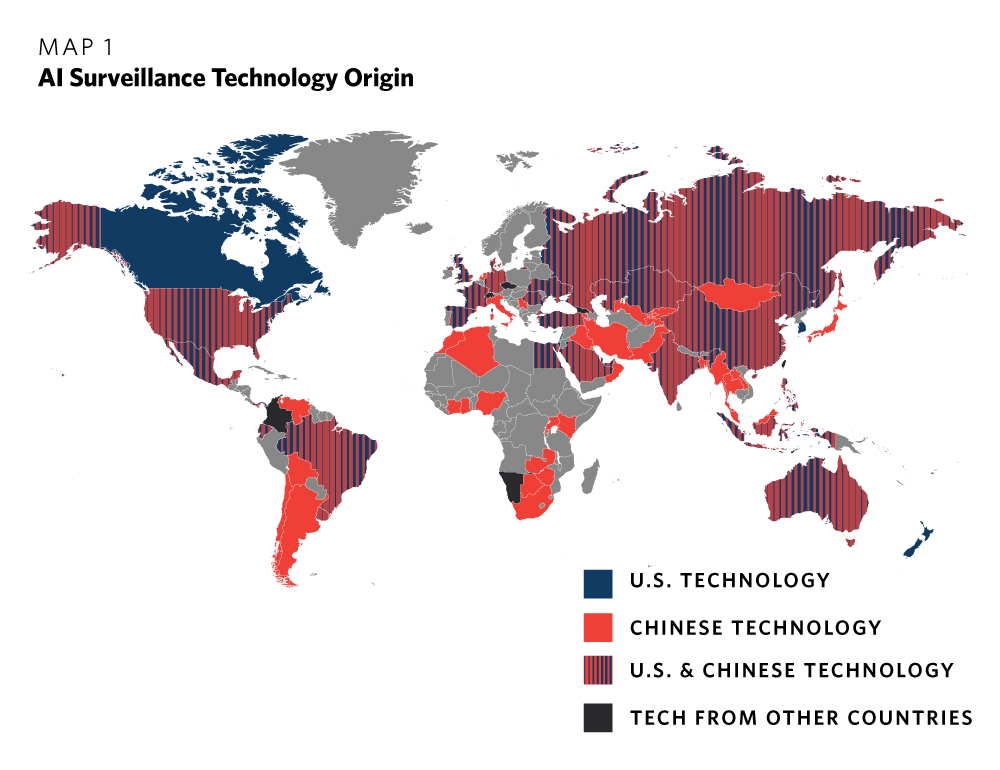
Revolutionizing Heating: The Promise of Magnetocaloric Heat Pumps
The rapid evolution of technology is undoubtedly reshaping how we heat and cool our homes, and the latest innovation may point us toward a greener future. The development of magnetocaloric heat pumps, spearheaded by researchers at the Ames National Laboratory, represents a significant leap over traditional cooling systems that have relied on harmful refrigerants for over a century.
 The innovative design of magnetocaloric heat pumps is changing the game.
The innovative design of magnetocaloric heat pumps is changing the game.
Traditionally, heating and cooling systems, much like refrigeration methods in our kitchens, have depended heavily on vapor compression technology. This century-old method, while effective, employs synthetic refrigerants—specifically, substances like R410A—which contribute to the greenhouse effect and pose environmental risks. This is where the new magnetocaloric technology comes into play.
Magnetocaloric heat pumps operate on a fundamentally different principle. They utilize the magnetocaloric effect, a phenomenon where a material exhibits a change in temperature when exposed to a magnetic field. This could mean a more energy-efficient option that eliminates the reliance on damaging chemicals, potentially saving costs for consumers and benefitting the planet. Julie Slaughter, who leads the research team, commented, > “In our base device, we kept it simple by using a single material, gadolinium. The permanent magnets and magnetic steel make up most of the mass, not the expensive magnetocaloric material, which is great for affordability.”
This revolutionary design is not just about environmental consciousness; it also promises operational efficiency. The research team at Ames National Laboratory claims that these new heat pumps are comparable in weight, cost, and performance to existing systems. This advancement suggests they could potentially replace conventional heat pumps, creating a market for an eco-friendlier alternative that operates more effectively.
An illustration of energy-efficient heating solutions.
While the concept is promising, the market readiness of these heat pumps remains to be seen. The technology is still in its development phase, yet the idea of a product that works not only to heat our homes but does so without contributing to global warming present an exciting glimpse into the future.
As I reflect on the transformation of the heating and cooling industry, I am reminded of the human story behind such innovations. Products that revolutionize our lives often stem from a deep understanding of both environmental issues and consumer needs. The hard work of researchers like Slaughter and her team not only highlights the importance of scientific inquiry but also the critical intersection of technology and sustainability.
Moving forward, it is vital to foster innovation that aligns with global climate goals. The integration of magnetocaloric technology into mainstream heating and cooling solutions could significantly reduce energy consumption in households, perhaps heralding a new era of green technology.
The path to market for these magnetocaloric heat pumps may be long and riddled with challenges. Yet, the potential benefits—lower energy costs, reduced environmental impact, and enhanced efficiency—make this an area worth watching closely. After all, the future of our planet might well depend on the innovative spirit of researchers like those at Ames National Laboratory.
In conclusion, as these technologies advance from concept to reality, consumers should stay informed. Exploring options that align with our values of sustainability not only empowers us as responsible citizens but also honors our shared responsibility towards the planet. Let’s keep an eye on the evolution of magnetocaloric heat pump technology and champion innovations that promise a cleaner, more energy-efficient world.
Exciting advancements in heating technologies are on the horizon.















